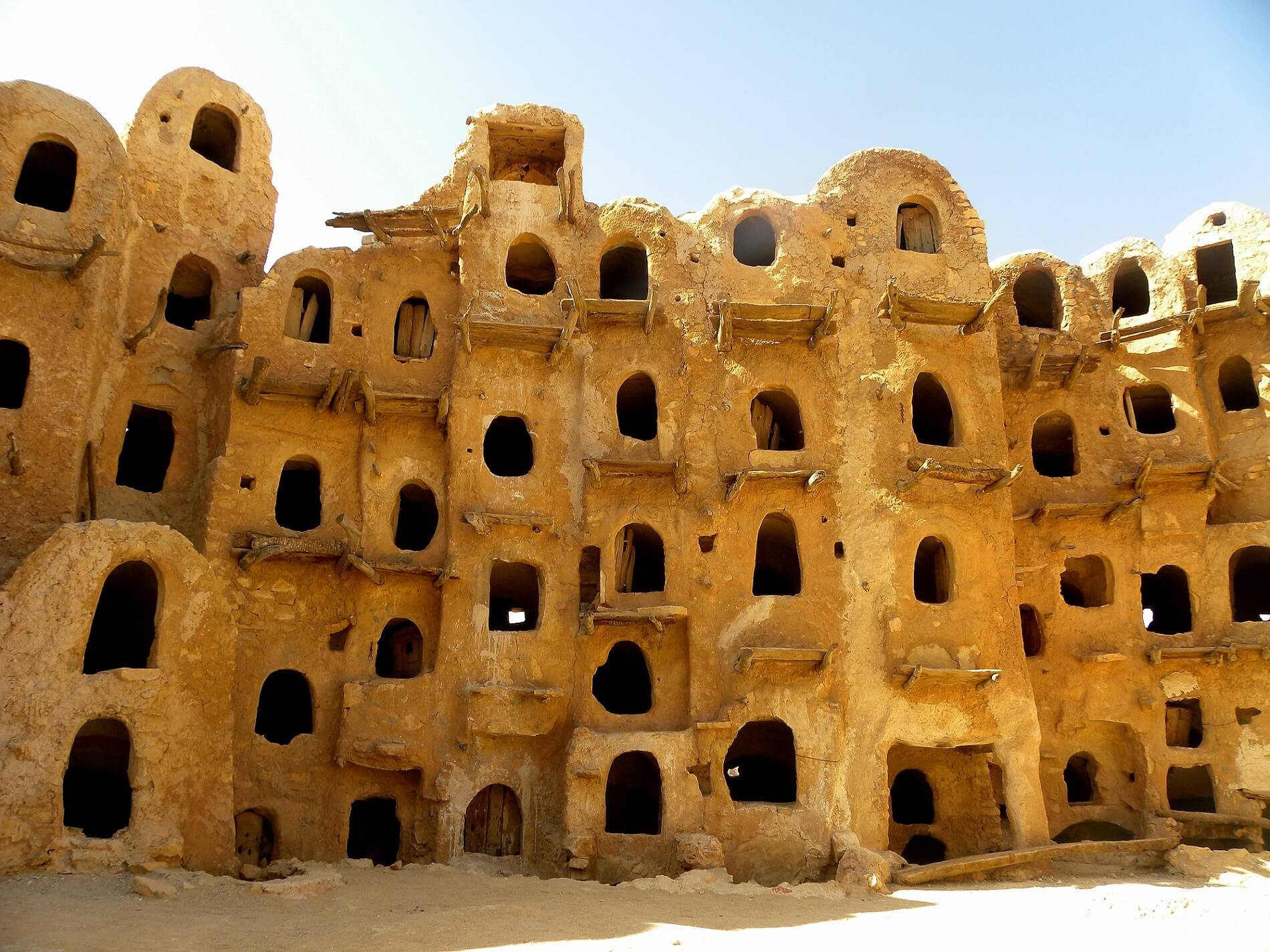As always the intricacies, and obscure and complex interconnections of Libyan politics never ceases to surprise and amaze. Since last week's liberation of Sirte by Misratan fighters, a whole range of proximal effects have dominoed outwards towards a very uncertain distal future: 1. Internal fissures inside Misrata; 2. Lifting of the longstanding blockade on the Ryanana valve in the West allowing the Western fields of Al-Fil and Sharara to come back online; 3. The further expansion of Haftar's control and appeal; 4. A weakening of the UN process. I sought to explore all these interwoven strands in an article focusing on the dangers of internal tensions within Misrata for Al-Monitor.
Now that IS has been territorially defeated, the question of greatest significance for Libya’s trajectory is not the one the intelligence agencies are focused on, which is what the remnants of IS will do next. Rather, it is the question diplomats and analysts have long been pondering: What will the victorious Misratan fighters do next? Potential IS terror attacks may cause panic, but the actions of the fighters from the northwestern city of Misrata have the capacity to unify or conversely destabilize the whole country. The Misratans took down IS not out of a particular hate of jihadis, but out of a desire to obtain further Western support and become Libya’s dominant political force. The gambit may have backfired. Will we now see a hot civil war between Misrata and Field Marshal Gen. Khalifa Hifter, who dominates in Libya’s east? Or with the removal of a common enemy, will the component parts of Banyan Marsus (BM) break apart, allowing Misrata’s enemies to become the dominant military force in Libya?...These internal Misratan divisions have been simmering for some time, and although they have been brought to the surface by recent events, this does not mean that Misrata is on the verge of civil war. Misrata, perhaps more than any other post-Qaddafi power center, has succeeded in overcoming internal strife in order to put its interests first. However, with Libya’s fluid alliances changing faster than ever, and the GNA possibly entering its dying days, what Misrata does next is likely to shape Libya’s trajectory over the coming weeks. The world cannot afford a collapse of Misratan power and stability. Therefore, Western policymakers should not leave Misrata out to dry. America in particular must not let the Misratans go unrewarded for fighting and dying against IS. President-elect Donald Trump’s transition team should understand this all too well. Furthermore, for Libyans to be able to settle their differences and achieve a lasting political compromise, a genuine balance of power and mutually acceptable stalemate must first be reached. Only then should a new political process be initiated — ideally, one that includes both Hifter and the Misratans.To read the full article click here.

